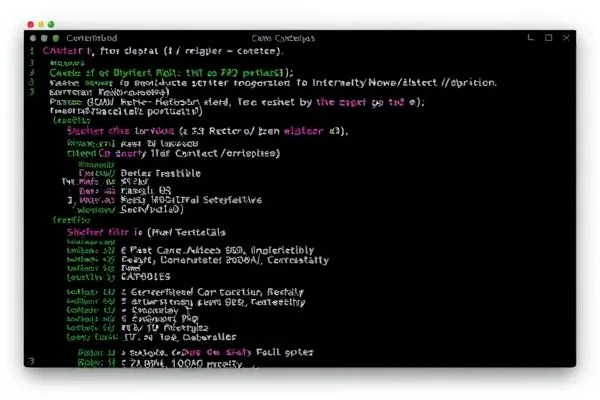The recent release of security updates by Microsoft highlights the urgency of addressing significant vulnerabilities within its software. This article delves into the details surrounding the patches for 57 vulnerabilities, with a particular focus on the six that are currently being exploited in real-world attacks. A comprehensive understanding of these vulnerabilities is essential for safeguarding systems against potential threats.
Takeaways:
- Microsoft has addressed 57 vulnerabilities, including six critical zero-days actively exploited in the field.
- The vulnerabilities include remote code execution and privilege escalation bugs, calling for immediate attention from IT departments.
- Mitigation strategies must be prioritized, including timely application of patches and continuous monitoring of systems.
Understanding the Vulnerabilities
The recent Microsoft Patch Tuesday has revealed a staggering array of vulnerabilities that can pose severe risks to users. Among the 57 vulnerabilities addressed, six have been classified as zero-days, meaning they are already being exploited by threat actors. These vulnerabilities span various severity levels, including:
- Critical (6): These vulnerabilities pose the highest risk, often allowing attackers to execute arbitrary code or gain unauthorized access.
- Important (50): While slightly less severe, these vulnerabilities still require prompt addressing to protect systems.
- Low (1): This category represents vulnerabilities that can be addressed at a convenience, but should not be ignored.
Specifically, several of the critical vulnerabilities relate to remote code execution, privilege escalation, and information leakage. The exploitation of these flaws can lead to significant breaches, necessitating immediate patch application to mitigate risks.
Strategies for Mitigation
In light of these newly disclosed vulnerabilities, organizations must adopt a proactive approach to cybersecurity. Here are key strategies to consider:
- Patch Management: Regularly apply security updates released by software vendors. Ensure that the critical patches, especially for zero-day vulnerabilities, are prioritized and deployed without delay.
- Awareness Training: Educate employees about the nature of these vulnerabilities and the potential threats they pose. By fostering a culture of cybersecurity awareness, organizations can reduce the risk of successful exploitation.
- Continuous Monitoring: Implement robust monitoring tools to detect anomalous behaviors that may indicate an active exploitation attempt. This enables rapid response to potential threats.
It is crucial for organizations to stay informed about the threat landscape and the various vulnerabilities that exist within their software environments. The U.S. Cybersecurity and Infrastructure Security Agency (CISA) has also added these security flaws to the Known Exploited Vulnerabilities (KEV) catalog, requiring government entities to implement fixes promptly.
Conclusion
With Microsoft addressing 57 vulnerabilities, including six actively exploited zero-days, organizations face pressing challenges in maintaining cybersecurity resilience. Timely application of patches, understanding the dynamics of these vulnerabilities, and fostering an environment of awareness can significantly bolster defenses. As cyber threats continue to evolve, a dedicated and informed approach is essential for effective risk mitigation.









